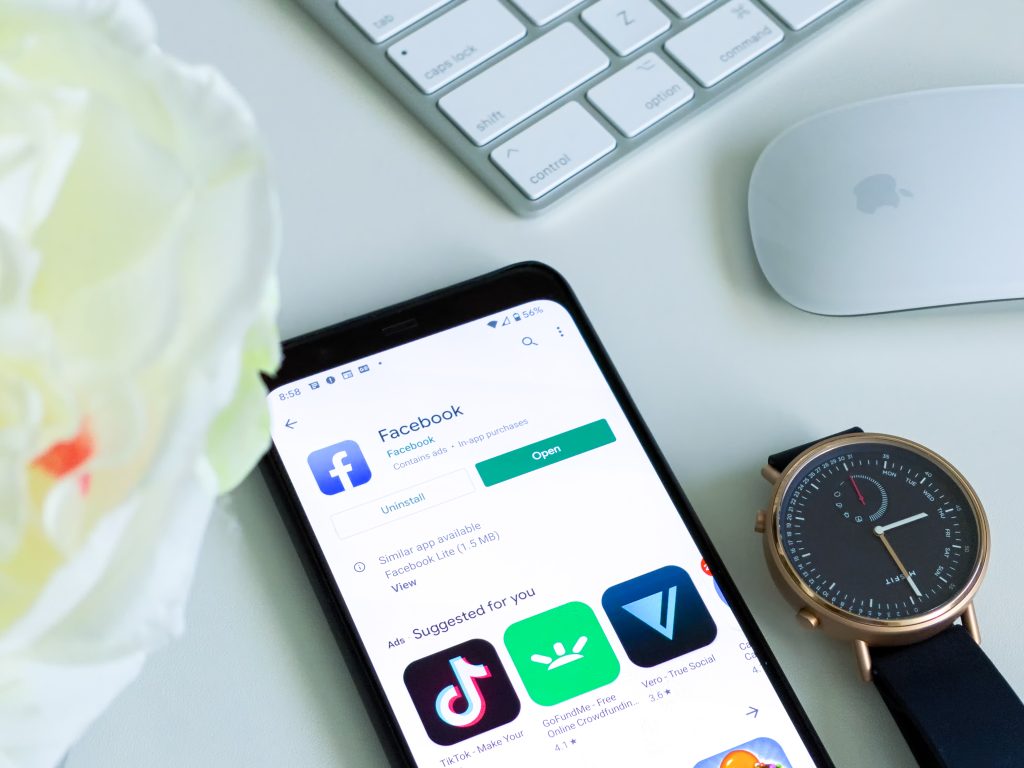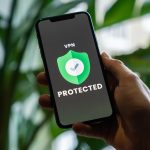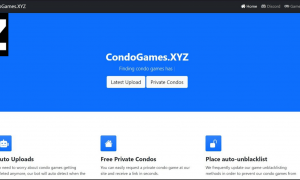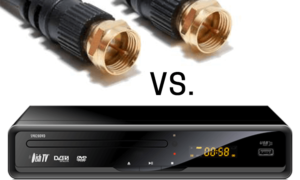Facebook’s profile lock feature offers an additional layer of security, allowing users to protect their profile information from being accessed by unauthorized individuals. However, this feature might not be available in all regions due to various factors, including legal considerations and privacy regulations. If you find that the profile lock feature is not accessible in your region, there are still steps you can take to enhance your privacy and security on Facebook. In this comprehensive guide, we’ll explore alternative methods to safeguard your profile information.

1. Review Privacy Settings
Even without the profile lock feature, Facebook provides a range of privacy settings that allow you to control who can see your profile information, posts, and friend requests. Take the time to review and adjust these settings to ensure that your information is only visible to people you trust.
To do this:
1. Log in to your Facebook account.
2. Go to Settings & Privacy > Settings.
3. Navigate to the Privacy section.
Here, you can customize who can see your future posts, who can send you friend requests, and more. Additionally, you can restrict who can look you up using your email address or phone number.
2. Use Strong, Unique Passwords
A strong, unique password is a fundamental aspect of online security. Ensure that your Facebook password is complex, combining upper and lower-case letters, numbers, and special characters. Avoid using easily guessable passwords, such as “password” or “123456”.
Consider using a password manager to generate and store complex passwords securely. This helps you avoid using the same password across multiple accounts, which can be a significant security risk.
3. Enable Two-Factor Authentication (2FA)
Two-factor authentication adds an extra layer of security by requiring you to provide a secondary piece of information, typically a temporary code sent to your mobile device, when logging into your Facebook account.
To enable 2FA:
1. Go to Settings & Privacy > Settings > Security and Login.
2. Scroll down to Use two-factor authentication and click Edit.
3. Follow the prompts to set up 2FA.
This ensures that even if someone gains access to your password, they would still need the secondary code to log in.
4. Be Cautious with Friend Requests
Be selective when accepting friend requests. Verify that you know the person or have mutual connections before accepting requests from unfamiliar profiles. This helps prevent unauthorized individuals from accessing your information.

5. Avoid Sharing Sensitive Information Publicly
Be mindful of the information you share on your profile. Avoid posting sensitive personal details, such as your phone number, address, or financial information, publicly. Use the “Friends” or “Only Me” settings when posting sensitive content.
6. Regularly Review App Permissions
Third-party apps connected to your Facebook account may have access to certain information. Review and revoke permissions for apps that you no longer use or that do not require access to your profile.
To manage app permissions:
1. Go to Settings & Privacy > Settings.
2. Click on Apps and Websites.
Here, you can view and edit the list of apps connected to your account.
7. Report Suspicious Activity
If you notice any suspicious activity on your account, such as unauthorized logins, unfamiliar posts, or changes in settings, report it to Facebook immediately. They can take steps to secure your account and investigate the issue.
8. Stay Informed About Security Updates
Keep yourself informed about the latest security updates and best practices from Facebook. They often release new features and guidelines to enhance user security.
Consider Using Alternative Privacy Tools
In addition to Facebook’s built-in privacy features, consider using alternative privacy tools and services that can further enhance your online security. Virtual Private Networks (VPNs) encrypt your internet connection, making it more difficult for third parties to intercept your data. Additionally, privacy-focused browser extensions and plugins can add an extra layer of protection against tracking and data collection. While these tools won’t directly enable the profile lock feature, they can complement your efforts in safeguarding your online presence and personal information. Remember to choose reputable and trusted tools to ensure your privacy is in good hands.
While the profile lock feature may not be available in all regions, there are still various steps you can take to enhance your privacy and security on Facebook. By reviewing and adjusting your privacy settings, using strong passwords, enabling two-factor authentication, and being cautious with friend requests, you can significantly reduce the risk of unauthorized access to your profile. Additionally, staying informed about security updates and promptly reporting suspicious activity can help maintain the integrity of your account. Remember, safeguarding your online presence is a crucial aspect of maintaining a safe and enjoyable experience on social media platforms.





![Remove Counter.wmail-service.com Trojan [Virus Removal]](https://funzalo.com/wp-content/uploads/2023/09/remove-counter.wmail-service.com-trojan-virus-removal-150x150.jpg)







